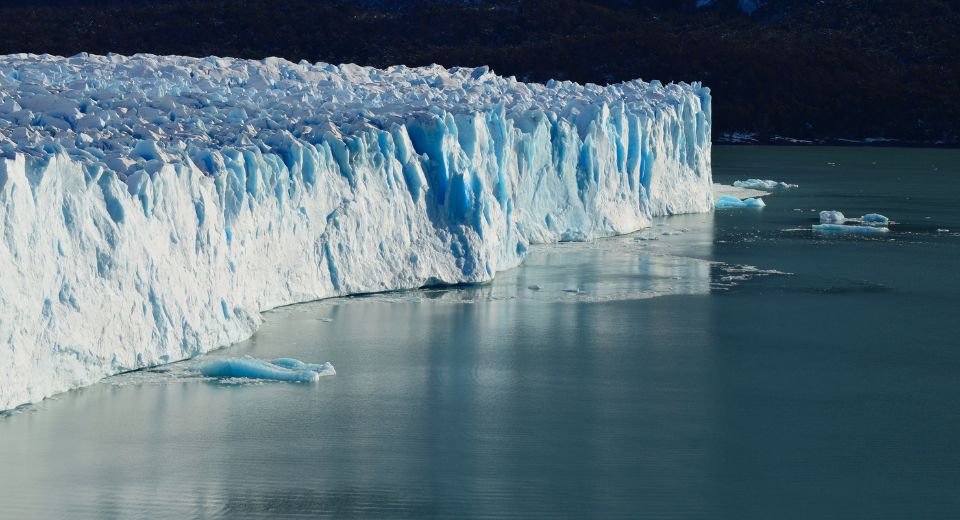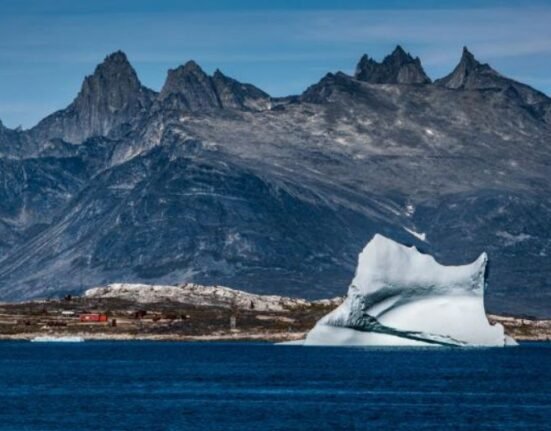HQ Team
July 11, 2023: Planet Earth had its hottest ever week early this month, with an unprecedented rise in sea temperatures and record Antarctic sea ice loss, according to the World Meteorological Organization.
A report from the European Union’s Copernicus Climate Change Service – a close collaborator with the World Meteorological Organization – showed that June 2023 has been just over 0.5°C above the 1991-2020 average, smashing the previous record of June 2019.
The changes taking place in Earth’s system due to human-induced climate change have a potentially devastating impact on the ecosystems and the environment, the global weather body stated.
“The exceptional warmth in June and at the start of July occurred at the onset of the development of El Niño, which is expected to further fuel the heat both on land and in the oceans and lead to more extreme temperatures and marine heatwaves,” said Prof Christopher Hewitt, WMO Director of Climate Services.
“We are in uncharted territory and we can expect more records to fall as El Niño develops further and these impacts will extend into 2024,” he said. “This is worrying news for the planet,” he said.
Preliminary data
According to preliminary analysis based on the reanalysis data from Japan named JRA-3Q, the average global temperature on 7 July was 17.24 degrees Celsius.
This was 0.3°C above the previous record of 16.94 °C on 16 August 2016 — a strong El Niño year.
The Japanese reanalysis data were made available to the WMO and it was not yet confirmed. It is consistent with preliminary data from the Copernicus ECMWF ERA5 dataset.
Comparisons of daily global mean temperature were available by combining observations from satellites with computer model simulations, into datasets called reanalyses.
WMO uses a combination of reanalysis datasets with global observations from land surface stations and ships for its State of the Climate reports and to assess global temperatures.
“According to various datasets from our partners in different parts of the world, the first week of July set a new record in terms of daily temperatures,” said Dr Omar Baddour, chief of climate monitoring at WMO. “The WMO and wider scientific community are closely watching these dramatic changes in different components of the climate system, and sea surface temperatures,” he said.
June temperatures
Record June temperatures were experienced across northwest Europe, according to the Copernicus Climate Change Service. Parts of Canada, the United States, Mexico, Asia, and eastern Australia were significantly warmer than normal.
The report by Copernicus, implemented by the European Centre for Medium-Range Weather Forecasting stated that North Atlantic sea surface temperatures were “off the charts.“
Global sea surface temperatures were at record highs for the time of the year, both in May and June.
“This comes with a cost. It will impact fisheries distribution and the ocean circulation in general, with knock-on effects on the climate,” according to the report.
The whole ocean was becoming warmer and absorbing energy that will remain there for hundreds of years. “Alarm bells are ringing especially loudly because of the unprecedented sea surface temperatures in the North Atlantic,” according to the report.
North Atlantic
“The temperatures in the North Atlantic are unprecedented and of great concern. They are much higher than anything the models predicted,” said Dr Michael Sparrow, head of WMO’s World Climate Research Department. “This will have a knock-on effect on ecosystems and fisheries and on our weather, » he said.
“The North Atlantic is one of the key drivers of extreme weather. With the warming of the Atlantic there is an increasing likelihood of more hurricanes and tropical cyclones. North Atlantic sea surface temperature is associated with heavy rain or drought in West Africa,” said Dr Baddour.
Extreme marine heatwaves were observed in June around Ireland, the United Kingdom, and in the Baltic Sea, according to the Copernicus Climate Change monthly report.
The heat in the North Atlantic is not believed to be linked to El Niño, which was only just becoming established in the tropical Pacific and is expected to influence temperatures later in the year and into 2024.
Antarctic sea ice loss
Antarctic sea ice reached its lowest extent for June since satellite observations began, at 17% below average, breaking the previous June record by a substantial margin.
Throughout the month, the daily Antarctic sea ice extent remained at unprecedented low values for the time of year.
June 2023 was drier than average over much of North America, conditions which favored and sustained severe wildfires.
It was also drier in Russia, the Horn of Africa, most of southern Africa, South America, and regions of Australia, according to Copernicus Climate Change Service.
It was wetter than average over most of southern Europe, western Iceland and northwestern Russia, with heavy precipitation leading to floods.
Drier-than-average conditions established over a large west-to-east band across central and eastern Europe and Scandinavia, as well as over the western coast of the Black Sea.
Extratropical wetter-than-average regions included western north America, regions of southwestern Asia, Japan, South Africa, Brazil, Chile, New Zealand, and a large region of Australia; Japan and Pakistan were hit by typhoon Mawar and cyclone Biparjoy, respectively.








